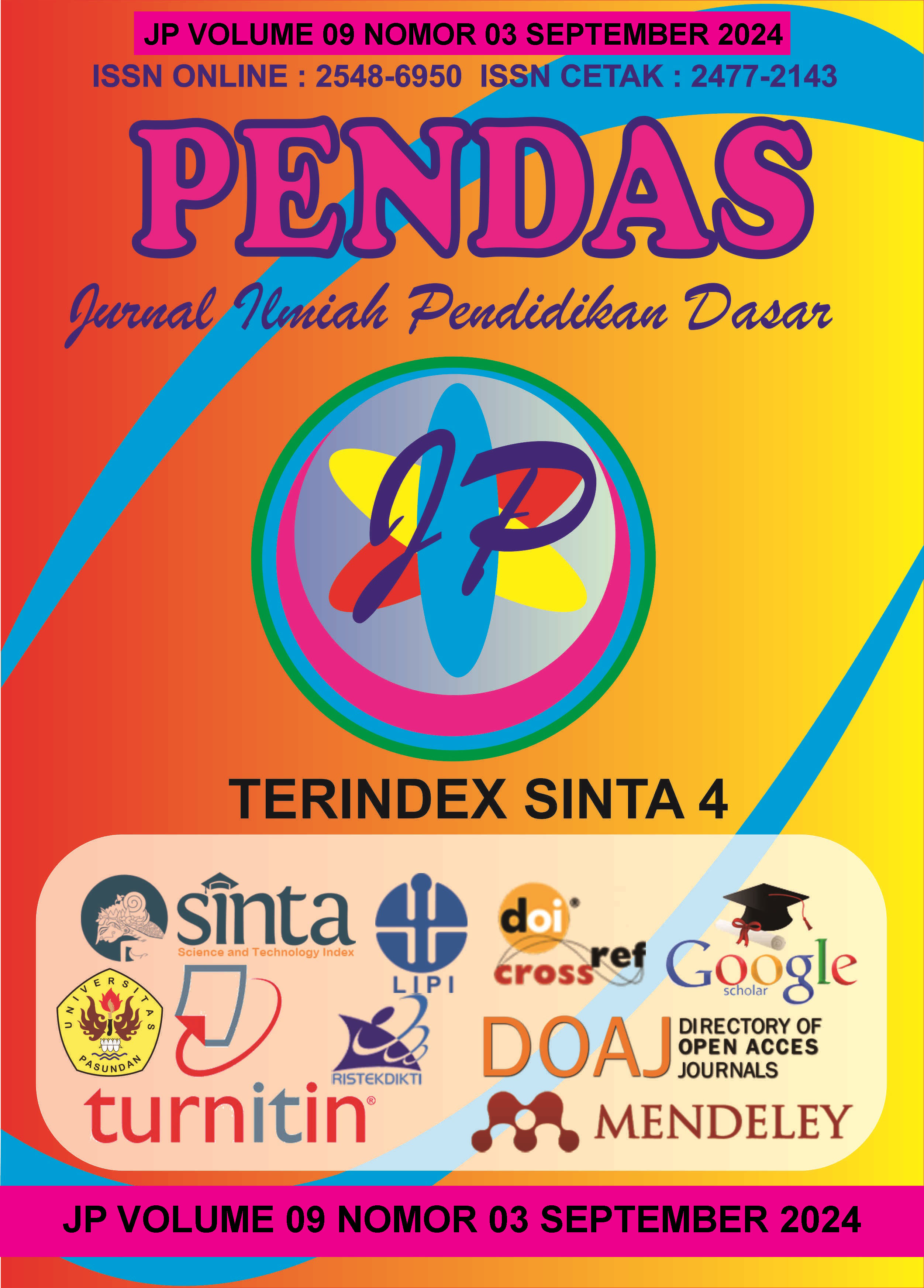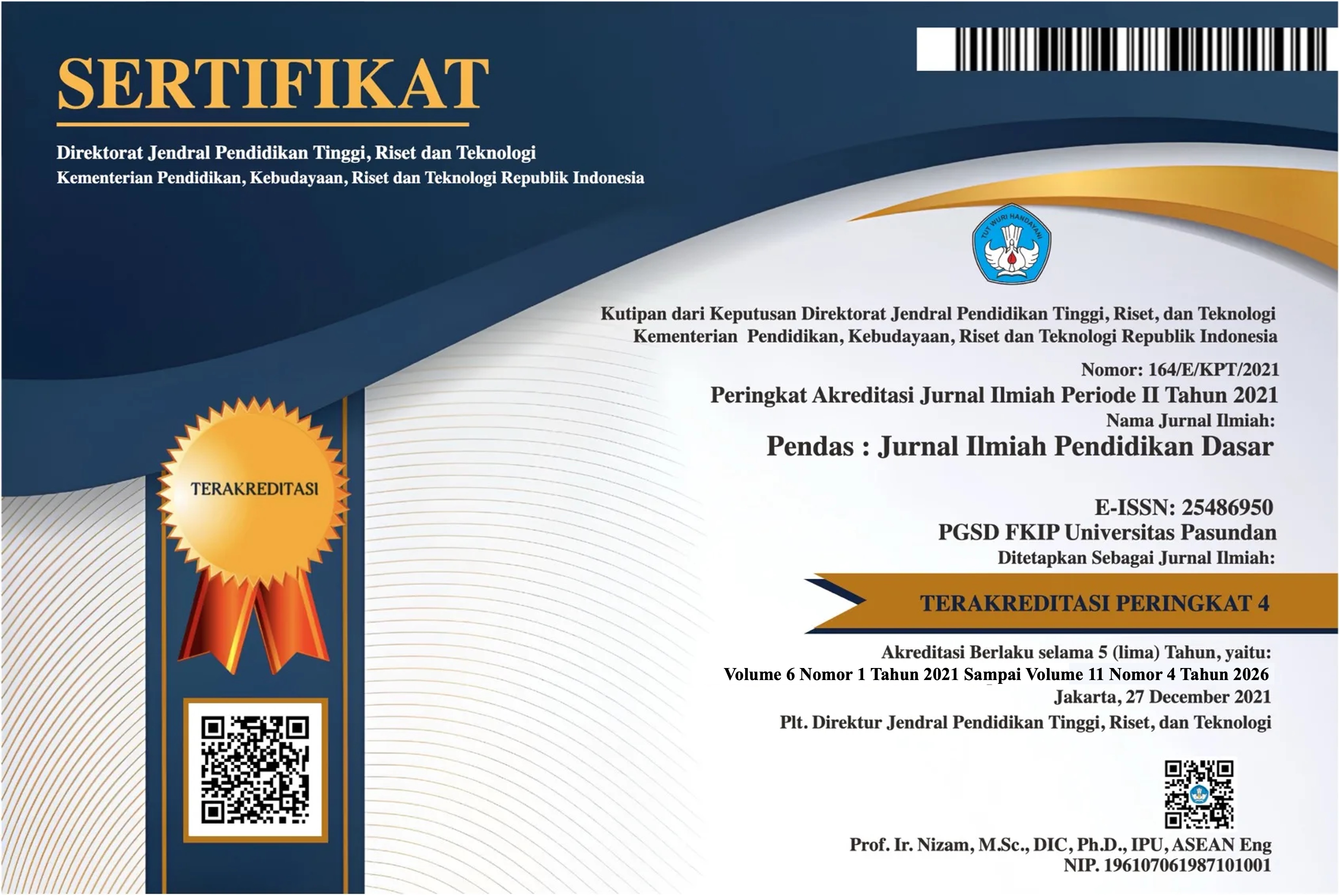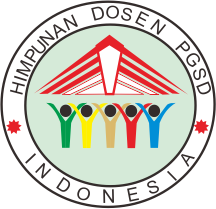STUDI PERBANDINGAN SISTEM PENDIDIKAN DI INDONESIA DENGAN MALAYSIA
DOI:
https://doi.org/10.23969/jp.v9i3.15773Keywords:
comparison of education systems, indonesian education system, malaysian education systemAbstract
This research compares the education systems in Indonesia and Malaysia using a literature review study method. The main objective of this research is to identify differences in curriculum structure, teaching methods, educational policies, student outcomes, challenges and opportunities, as well as the implementation of educational policies during the COVID-19 pandemic in the two countries. The research results show that Indonesia applies the 2013 Curriculum (K-13) which emphasizes developing student competencies in aspects of knowledge, skills and attitudes, while Malaysia uses the National Curriculum which focuses on mastery of Malay, English, science, mathematics and moral education. and citizenship. Teaching methods in Indonesia vary and technology is starting to be implemented in urban schools, while Malaysia is more advanced in the integration of educational technology and 21st Century Learning approaches. Education policy in Indonesia includes a 12-year compulsory education program and School Operational Assistance (BOS), while Malaysia implements 11 year compulsory education program and Malaysia Education Blueprint 2015-2025. Student achievements in national exams and international tests such as PISA show that both countries still need to improve the quality of their education. The main challenge in Indonesia is the gap in education quality between urban and rural areas and limited facilities, while Malaysia faces the challenge of the gap between urban and rural schools as well as differences in quality between national schools and types of nationality. The COVID-19 pandemic forced both countries to adopt distance learning, with various obstacles and solutions being implemented. In conclusion, although there are many challenges, there are also great opportunities to improve the quality of education in Indonesia and Malaysia through appropriate policies, innovation in teaching methods, and the use of technology.
Keywords: comparison of education systems, indonesian education system, malaysian education system
Downloads
References
Awang, S. (2010). Sistem Pendidikan baru Malaysia: Suatu pendekatan holistik-komprehensif. Journal of Governance and Development (JGD), 6, 69-82.
Basar, A. M. . (2021). Problematika Pembelajaran Jarak Jauh Pada Masa Pandemi Covid-19 : (Studi Kasus di SMPIT Nurul Fajri – Cikarang Barat – Bekasi). Edunesia : Jurnal Ilmiah Pendidikan, 2(1), 208–218. https://doi.org/10.51276/edu.v2i1.112
bin Mior Jamaluddin, M. K. A. (2011). Sistem pendidikan di Malaysia: Dasar, cabaran, dan pelaksanaan ke arah perpaduan nasional. Sosiohumanika, 4(1).
Nafrin, I. A., & Hudaidah, H. (2021). Perkembangan pendidikan Indonesia di masa pandemi COVID-19. Edukatif: Jurnal Ilmu Pendidikan, 3(2), 456-462.
Pristiwanti, D., Badariah, B. ., Hidayat, . S. ., & Dewi, R. S. . (2022). Pengertian Pendidikan. Jurnal Pendidikan Dan Konseling (JPDK), 4(6), 7911–7915. https://doi.org/10.31004/jpdk.v4i6.9498
Radin, M., & Yasin, M. A. M. Z. (2018). Perlaksanaan pendidikan abad ke-21 di Malaysia: Satu tinjauan awal. Sains Humanika, 10(3-2).
Rohani, I. (2020). Kajian Kebijakan Pendidikan Dalam Undang-Undang Sistem Pendidikan Nasional. Tarbawi Ngabar: Jurnal of Education, 1(01), 80-99.
Syakhrani, A. W., Fathiyah, F., Janah, F., & Fauziyyah, F. (2022). Sistem Pendidikan Di Negara Malaysia. Educational Journal: General and Specific Research, 2(2), 320-327.
Undang-Undang Nomor 20 Tahun 2003 tentang Sistem Pendidikan Nasional
Downloads
Published
Issue
Section
License
Copyright (c) 2024 Pendas : Jurnal Ilmiah Pendidikan Dasar

This work is licensed under a Creative Commons Attribution 4.0 International License.



















